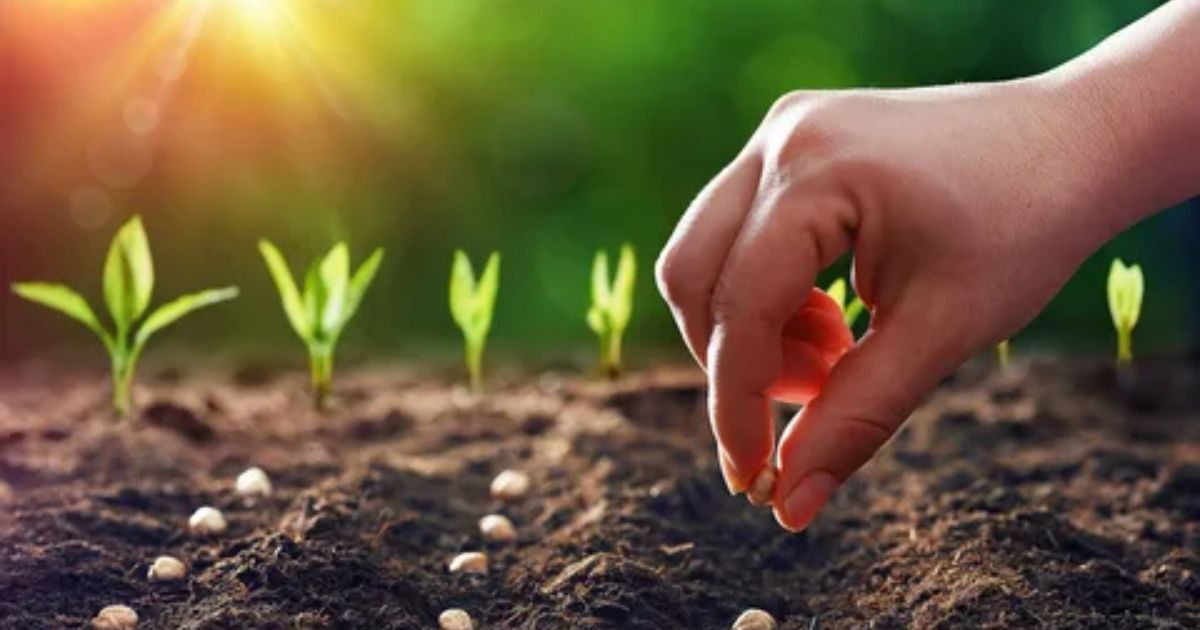Creating a vibrant wildflower garden starts with the foundation of the soil. Whether you’re a seasoned gardener or a novice with a green thumb, understanding how to prepare the soil for wildflower seeds is crucial. This comprehensive guide will take you through each step, from selecting the right soil types to weed control methods and the actual process of sowing. By the end, you’ll be equipped with the knowledge to nurture a beautiful wildflower meadow that flourishes throughout the seasons.
Getting Ready to Sow Wildflower Seed Mixtures
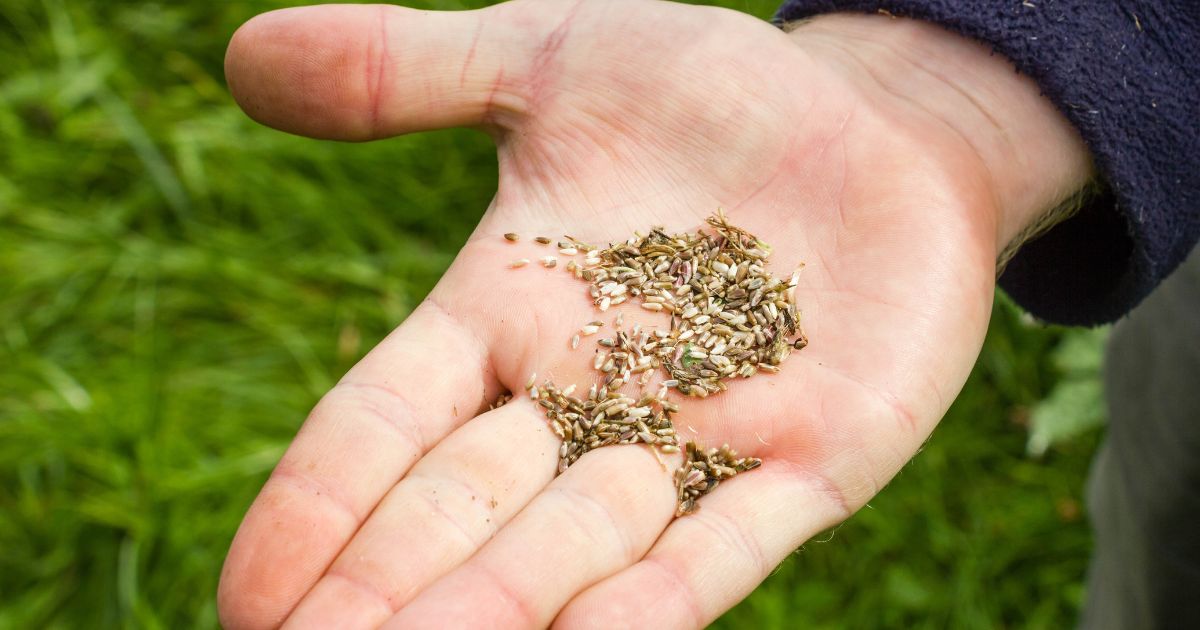
When embarking on the journey of cultivating a wildflower oasis, the first step is crucial – preparing for the sowing of diverse seed mixtures. Begin by assessing your region’s climate and soil conditions. Select a mix that thrives in your area, ensuring a vibrant and resilient wildflower garden. Next, consider the time of year for optimal sowing. Early spring or fall is often recommended for many wildflower varieties. Prepare the ground by clearing debris, loosening the soil, and addressing any drainage issues. Create an environment that welcomes the wild beauty about to unfold.
To enhance the success of your wildflower endeavor, choose a strategic spot that receives adequate sunlight and consider incorporating organic matter into the soil. This careful preparation ensures a nurturing foundation for your seeds, setting the stage for a blossoming display of nature’s diversity.
Soil Types
Understanding the soil types in your gardening space is paramount to successful wildflower cultivation. Different wildflowers thrive in distinct soil conditions. Identify your soil type whether it’s sandy, loamy, or clayey. Tailor your wildflower selection to suit the soil profile of your chosen location. Consider the following soil types and their characteristics:
- Sandy Soil:
-
-
- Provides good drainage
- Requires frequent watering
-
- Loamy Soil:
-
-
- Ideal balance of sand, silt, and clay
- Promotes healthy plant growth
-
- Clayey Soil:
-
- Holds moisture well
- May require amendments for better drainage
Adjusting your approach based on the soil type ensures that your wildflowers thrive in their preferred conditions, promoting a flourishing and colorful display.
How to Prepare Ground for Wildflower Seeds
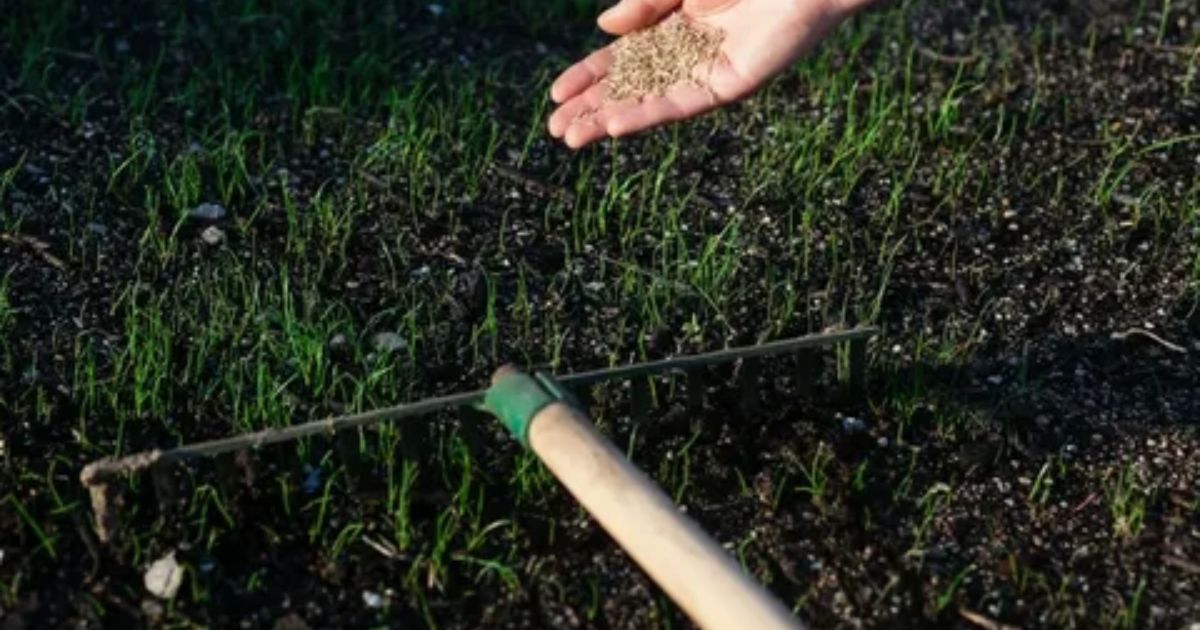
Creating an optimal environment for wildflower seeds involves meticulous groundwork. Start by removing any existing vegetation and debris from the chosen area. Loosen the soil using a rake or tiller to allow for proper aeration. Address drainage concerns by incorporating organic matter or sand if necessary. Level the ground to provide an even surface for seeding.
Once the groundwork is laid, consider fertilizing the soil with a balanced, low-nitrogen fertilizer to provide essential nutrients for the upcoming wildflower growth. Water the area thoroughly and allow the soil to settle. This diligent preparation ensures that your wildflower seeds have the best chance of establishing strong roots and thriving in their new home.
Weed Control
Efficient weed control is vital to safeguard the growth of your wildflowers. Employ a combination of cultural and chemical methods to manage weeds effectively.
Cultural Weed Control
Implement cultural practices to suppress weed growth. Mulching with organic materials like straw or wood chips helps to smother weeds and retain soil moisture. Regular hand weeding and cultivating the soil around wildflowers can also prevent weed competition, allowing your blooms to flourish.
Chemical: Use of Non-residual Herbicides
In situations where cultural methods may not suffice, non-residual herbicides provide an effective chemical solution. Carefully select herbicides that target weeds without harming your wildflowers. Apply these herbicides following recommended guidelines to maintain a weed-free environment while preserving the integrity of your wildflower garden.
How to Prepare a Wildflower Bed
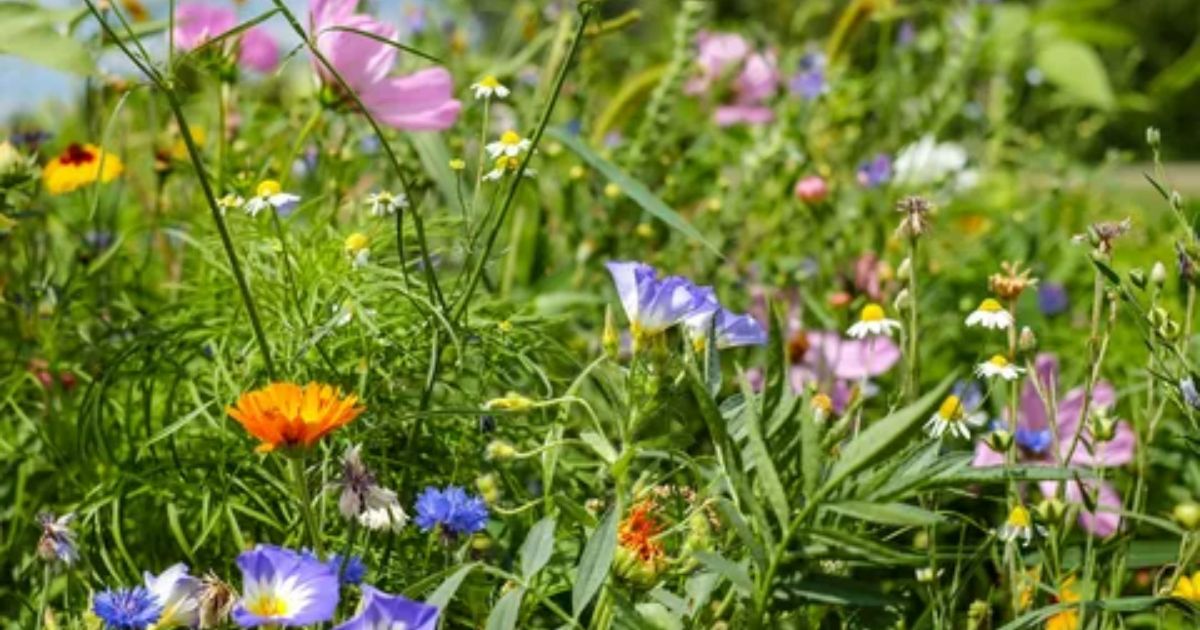
Creating an inviting and nurturing wildflower bed involves a series of steps, from primary cultivation to ongoing maintenance.
Primary Cultivation
Begin by clearing the selected area of any debris, rocks, or unwanted vegetation. Use a shovel or a tiller to turn over the soil, breaking up compacted layers. Incorporate organic matter to enhance soil fertility, providing a rich foundation for your wildflowers.
Secondary Cultivation
After the initial cultivation, revisit the area to address any remaining weeds or unwanted growth. Fine-tune the soil structure, ensuring it’s well-draining and ready to receive your selected wildflower seeds. This step is crucial for creating an environment where your seeds can establish strong roots and flourish.
Ongoing Maintenance
Maintaining your wildflower bed is an ongoing process. Regularly monitor for weeds and remove them promptly. Provide adequate water during dry spells, and consider adding a layer of mulch to conserve moisture and suppress weed growth. Ongoing care ensures the sustained health and vibrancy of your wildflower bed.
How to Sow Wildflower Seeds
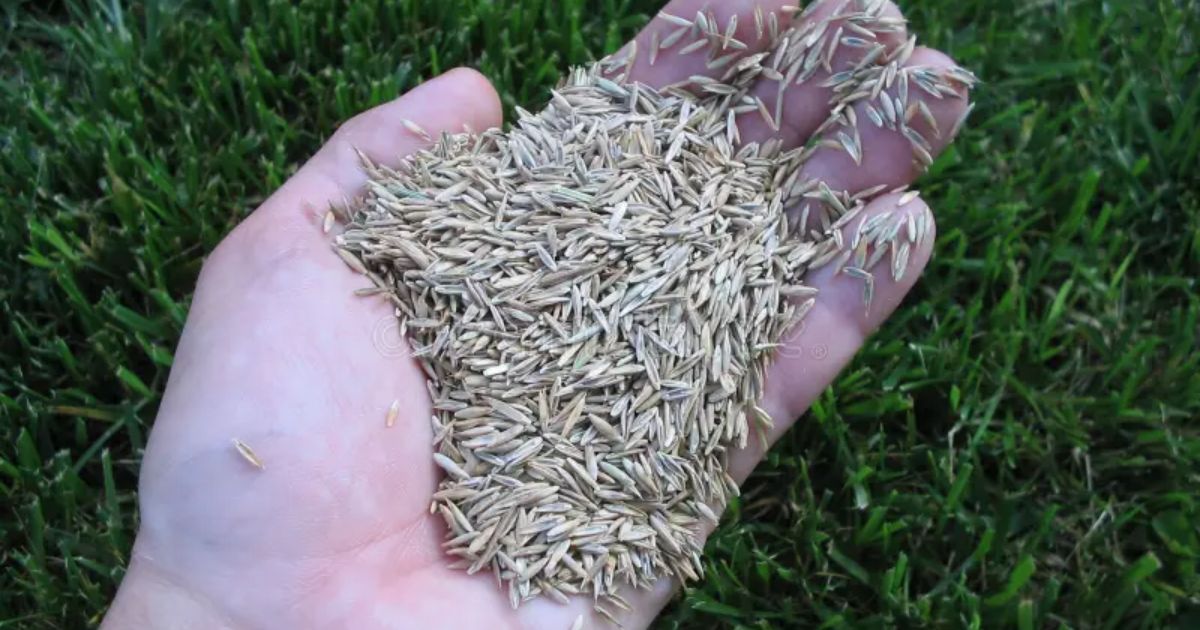
Sowing wildflower seeds requires thoughtful consideration of different methods to achieve optimal results. Explore various techniques such as broadcasting, drilling, sowing by hand, and hydroseeding to find the approach that suits your preferences and the specific needs of your chosen wildflowers.
Broadcasting
Broadcasting is a simple and popular method where seeds are evenly scattered across the planting area. Ensure uniform coverage to achieve a diverse and visually appealing wildflower display. Rake the soil lightly to cover the seeds, pressing them into the soil for good seed-to-soil contact.
Drilling
Drilling involves planting seeds at a specific depth using a seed drill or a specialized tool. This method provides a more controlled and precise distribution of seeds, allowing for efficient use of space and resources. Adjust the drill according to the recommended seeding depth for your chosen wildflower varieties.
By Hand
For smaller areas or when dealing with a limited quantity of seeds, sowing by hand allows for a personal touch. Sprinkle the seeds evenly over the prepared soil, gently pressing them into the ground. This method is ideal for creating custom patterns or emphasizing specific wildflower species.
Hydroseeding
Hydroseeding is a modern and efficient method that involves a slurry of seeds, mulch, and other additives sprayed onto the prepared soil. This technique promotes even seed distribution and provides a protective layer that aids in germination. Hydroseeding is particularly effective for large areas or slopes where traditional seeding methods may be challenging.
FAQ’s
What’s the first step in preparing soil for wildflower seeds?
Clear the area of debris and unwanted vegetation, creating a clean and receptive seedbed.
Are chemical herbicides necessary for weed control in a wildflower meadow?
While cultural methods are often sufficient, non-residual herbicides can be used for persistent weed issues, following guidelines to minimize environmental impact.
Can wildflower seeds be sown by hand?
Yes, sowing wildflower seeds by hand is a personal and effective method, especially for smaller areas.
What ongoing maintenance is required for a wildflower bed?
Regular monitoring for invasive species, proper watering, and seasonal checks ensure the continued health and vibrancy of a wildflower meadow.
Conclusion
Preparing soil for wildflower seeds is a meticulous process that involves understanding soil types, implementing weed control measures, and creating an optimal seedbed. Whether you choose broadcasting, drilling, or hydroseeding, each method has its merits. Ongoing maintenance is key to ensuring the long-term success of your wildflower meadow. By following these comprehensive steps and incorporating cultural and chemical controls as needed, you’ll be well on your way to cultivating a stunning wildflower garden that brings joy throughout the seasons.
